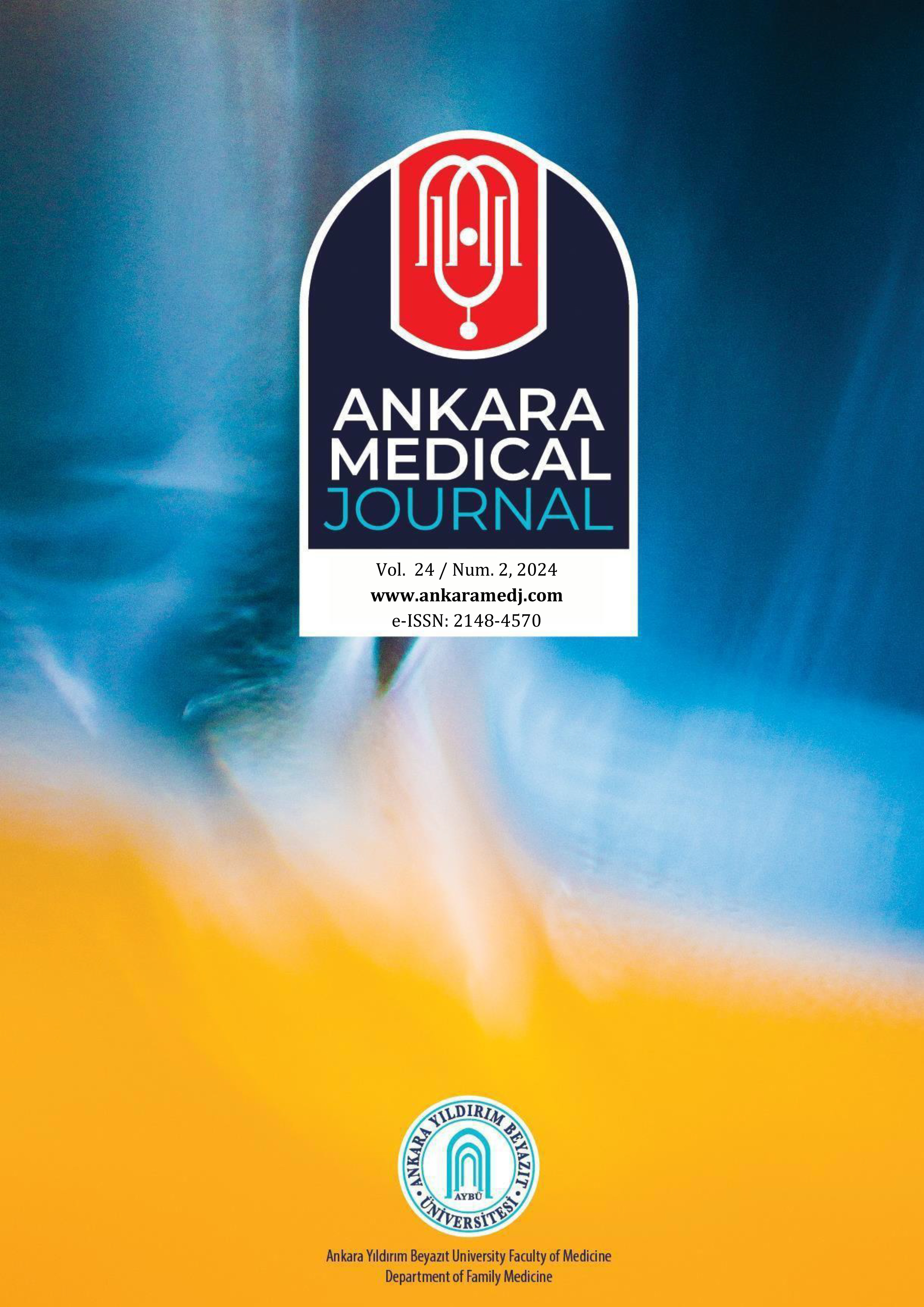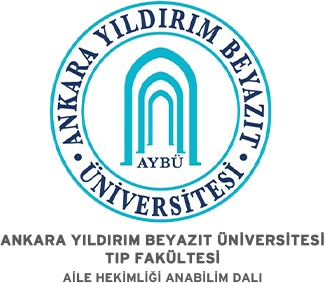Does Iodinated Contrast Agent Affect Oxidative Stress? Observational Study
Murat Altunok1, Erdem Çankaya1, Muhammet Çelik2, Can Sevinc1, Abdullah Uyanık11Department of Nephrology, Atatürk University Faculty of Medicine, Erzurum, Türkiye2Department of Biochemistry, Atatürk University Faculty of Medicine, Erzurum, Türkiye
INTRODUCTION: Iodine in iodine-based contrast agents (ICM) is known as an antioxidant substance from the past to the present. Although some studies suggest that the use of ICM causes contrast-induced nephropathy (CIN) by causing an increase in reactive oxygen species, this is not yet fully understood.
METHODS: Before scanning and 24 hours after ICA administration, blood samples were taken from 74 patients from a single center who had no known kidney disease, had Computed Tomography using ICA, and did not develop CIN within a 5-day follow-up period.
RESULTS: The mean Total Oxidant Level (TOS) before ICA was 13.72 ± 9.40 and the mean TOS after ICA was 5.20 ± 2.06 (p<0.001). The mean TAS before ICA was 2.50 ± 0.27 and the mean Total Antioxidant Level (TAS) after ICA was 2.20 ± 0.24 (p<0.001). The mean OSI before ICA was 5.36 ± 3.39 and the mean Oxidative Stress Index (OSI) after ICA was 2.39 ± 0.98 (p<0.001).
DISCUSSION AND CONCLUSION: Even while the pathophysiology of CIN is attributed in part to oxidative stress, we found that, on the contrary, it caused a decrease in oxidative stress in patients who did not develop CIN. We think this decrease in oxidative stress may be due to iodine, which is contained in ICA and known as a potent antioxidant.
Makale Dili: İngilizce
(560 kere indirildi)





